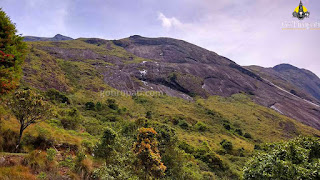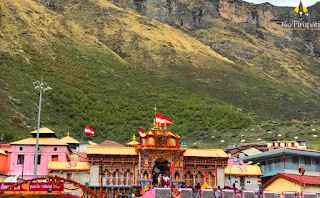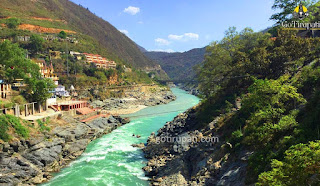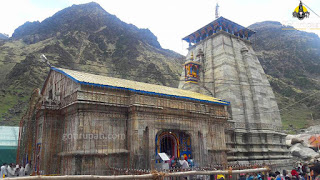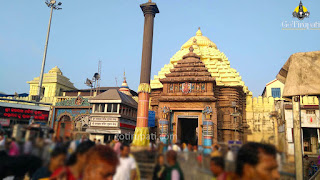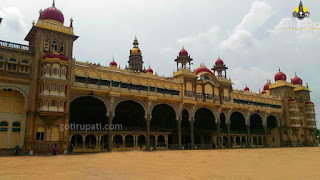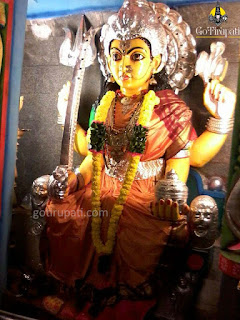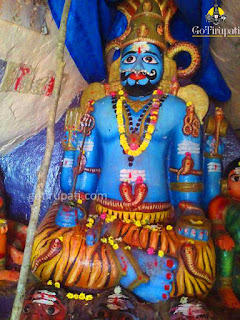Munnar hill station
Munnar hill station Weather, Route map
Mattupetty
Mattupetty Dam is 13 km from Munnar and is at an altitude of 1700 m above the sea level. Mattupetty Dam is a storage concrete gravity Dam built in the mountains, to conserve water for hydroelectricity. Speed boating is available in Kundala lake at Mattupetty Dam. The reservoir is known to be one of the visiting grounds of elephants in the region.
Pothamedu
Pothamedu View Point is 6 km from Munnar town. Tea, coffee and cardamom plantations view is available from here. Pothamedu View Point provides a panoramic view of Munnar town, adjoining valleys and Muthirapuzha River.
Devikulam
The Devikulam Lake is located at an altitude of 1000 mt above the sea level and was called by Sita Devi Lake. This place is 13 km from Munnar town. As per the Legend, Goddess Sita took bath in this lake during their stay.
Pallivasal
Sethuparvati Arch Dam created the Kundala Lake as part of the Pallivasal Hydro Electric Project in 1946.
Attukal
This place is 9 km from Munnar Town and falls on the way to Pallivasal. Water falls from mountain cliffs attracts the tourists. Best time to visit: Jun - Sep ie. right after the monsoon.
Nyayamakad Waterfalls
Nyayamakad Waterfalls is another interesting tourist spot which is 10 km from Munnar Town. It falls on the way to Rajamala Nyayamakad from Munnar town. Water flow the hill from a height of 1600 mt.
